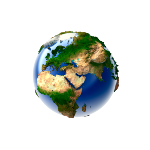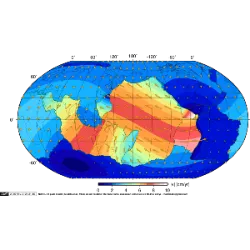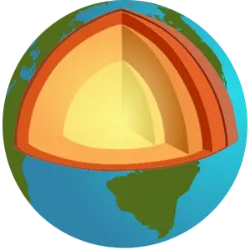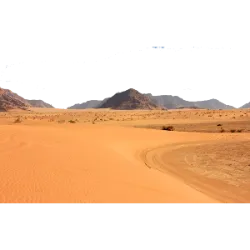The relief of the earth's surface (lithosphere)

The relief of the earth's surface (lithosphere) is formed by the action of natural processes, such as the movements of tectonic plates, erosion caused by water and wind, as well as earthquakes and volcanic eruptions. Plateaus, plains, geographic depressions and mountains are some of the types of relief that can be created by these processes. Plateaus are elevated, relatively flat surfaces with steep, well-defined slopes. Plains are flat surfaces, of low altitude, and formed by the deposition of sediments generally originating from higher and eroded areas. On the other hand, geographic depressions are characterized as lower areas in relation to neighboring regions, due to erosion. Finally, mountains are formed by earthquakes, volcanic eruptions, and erosion caused by water and wind.
Did you know??










